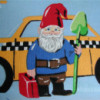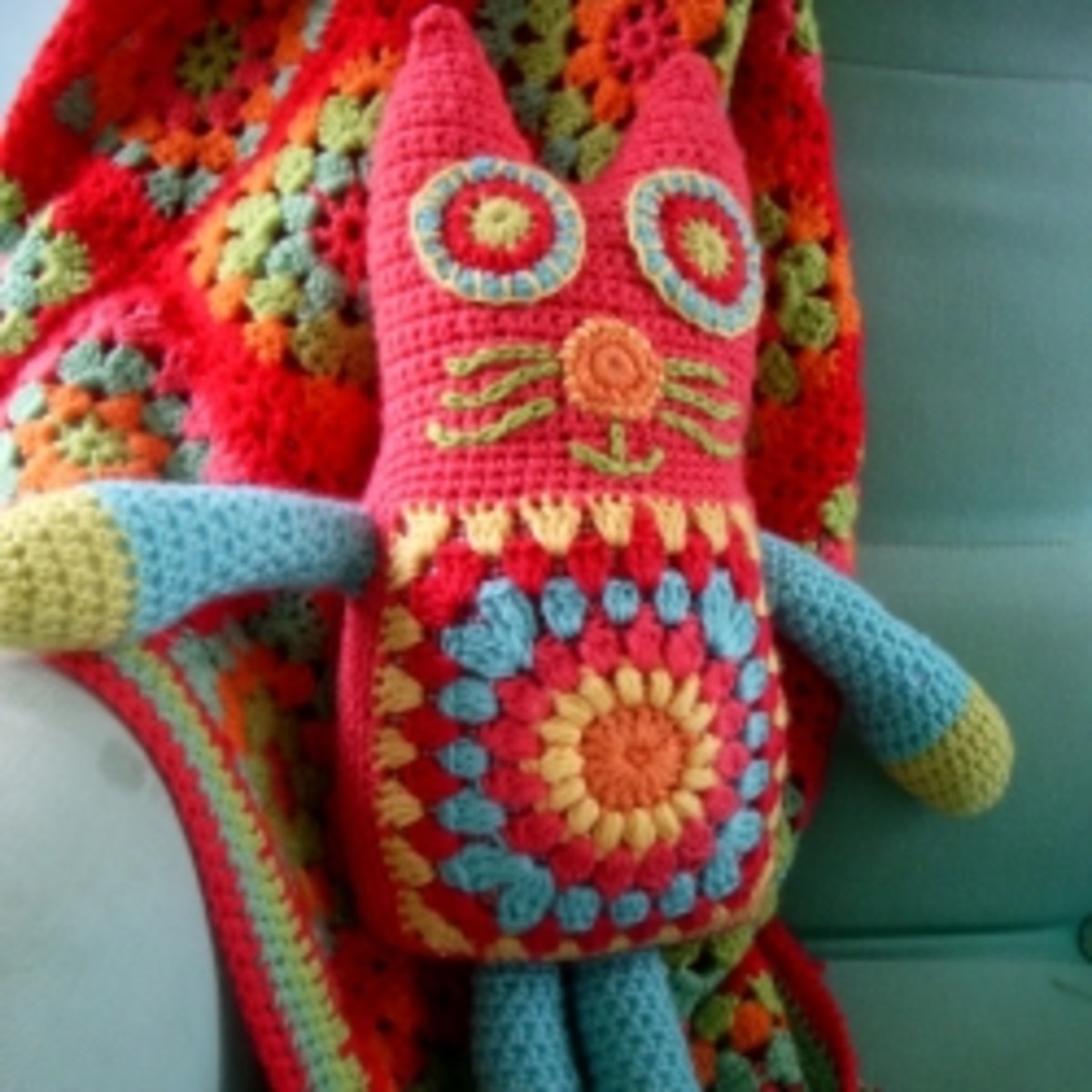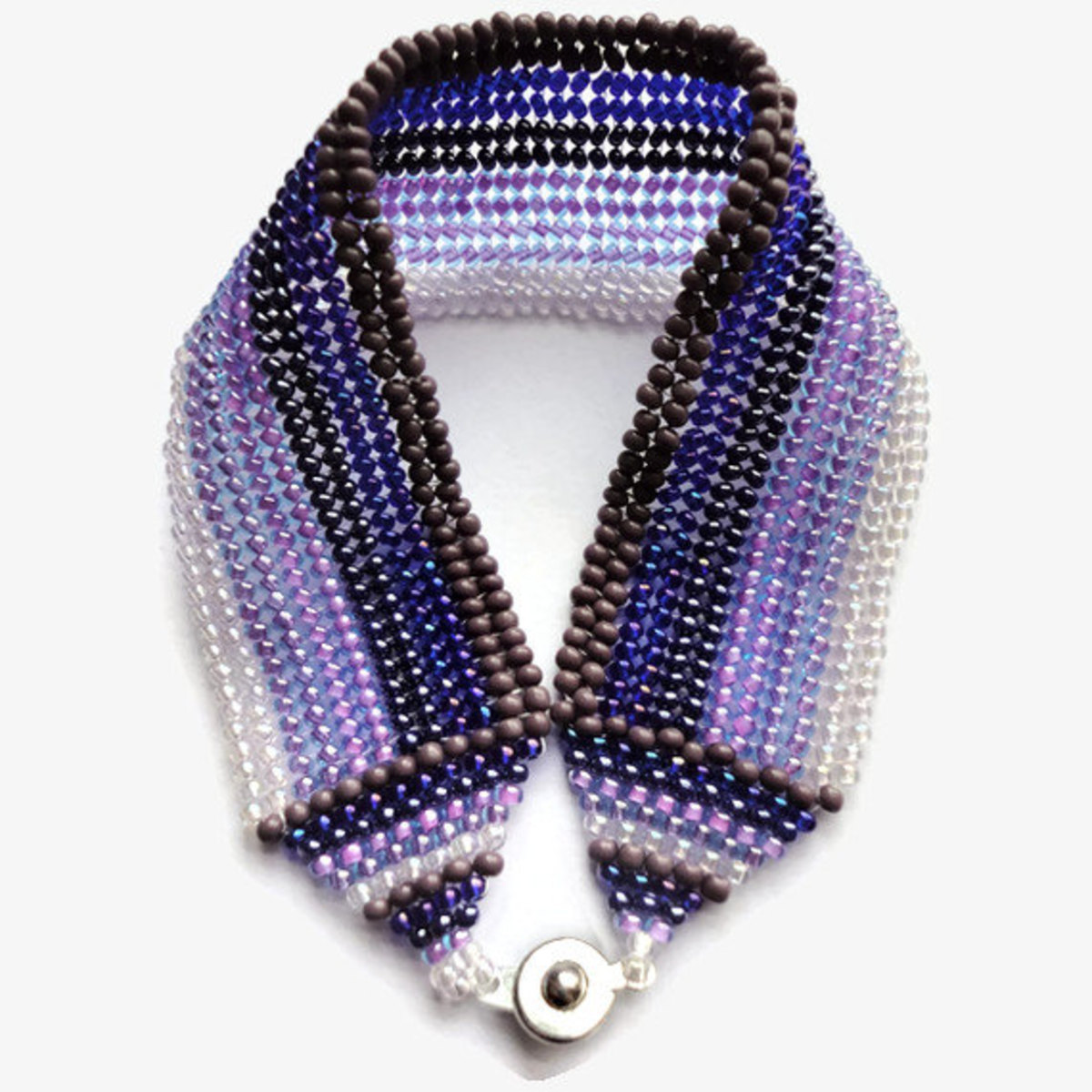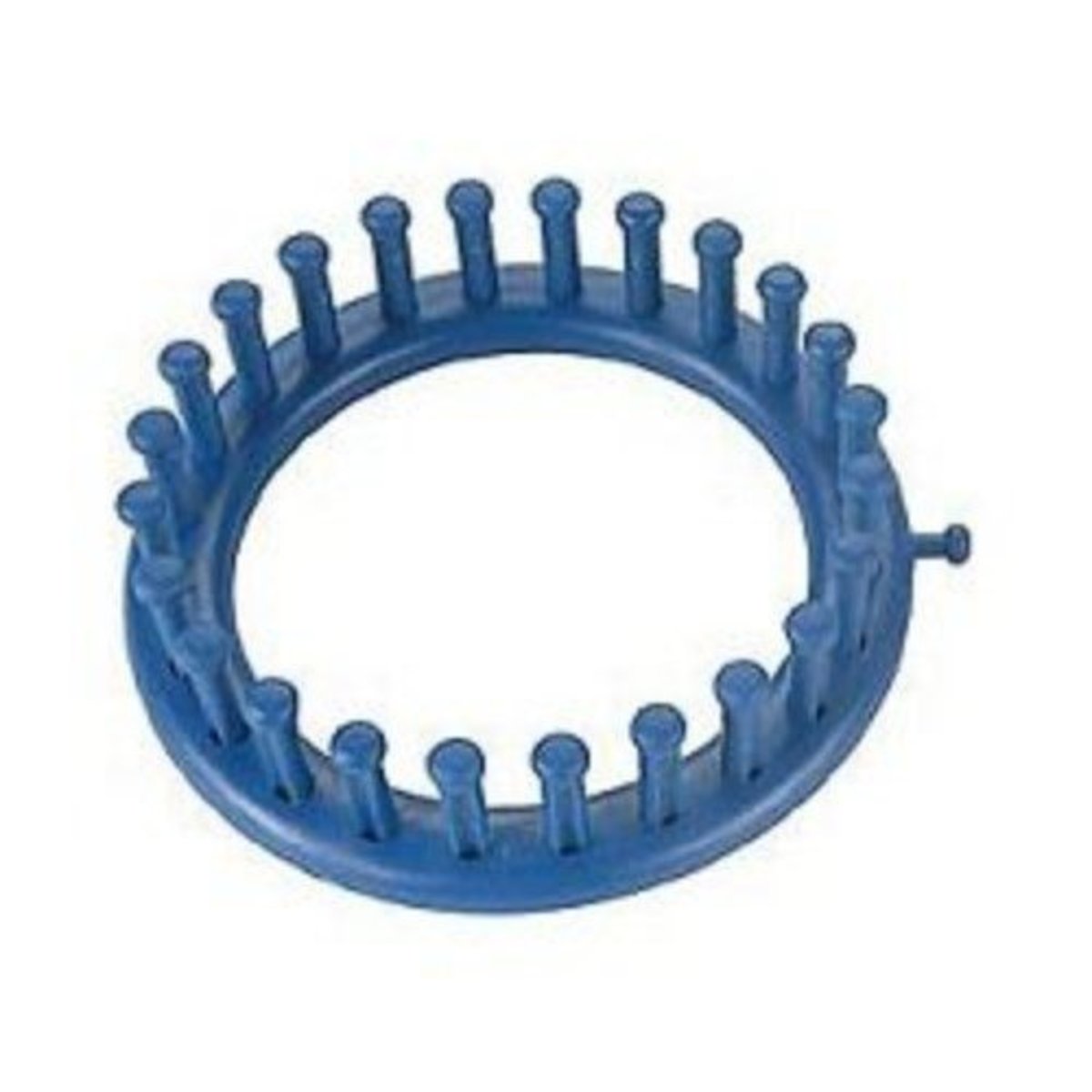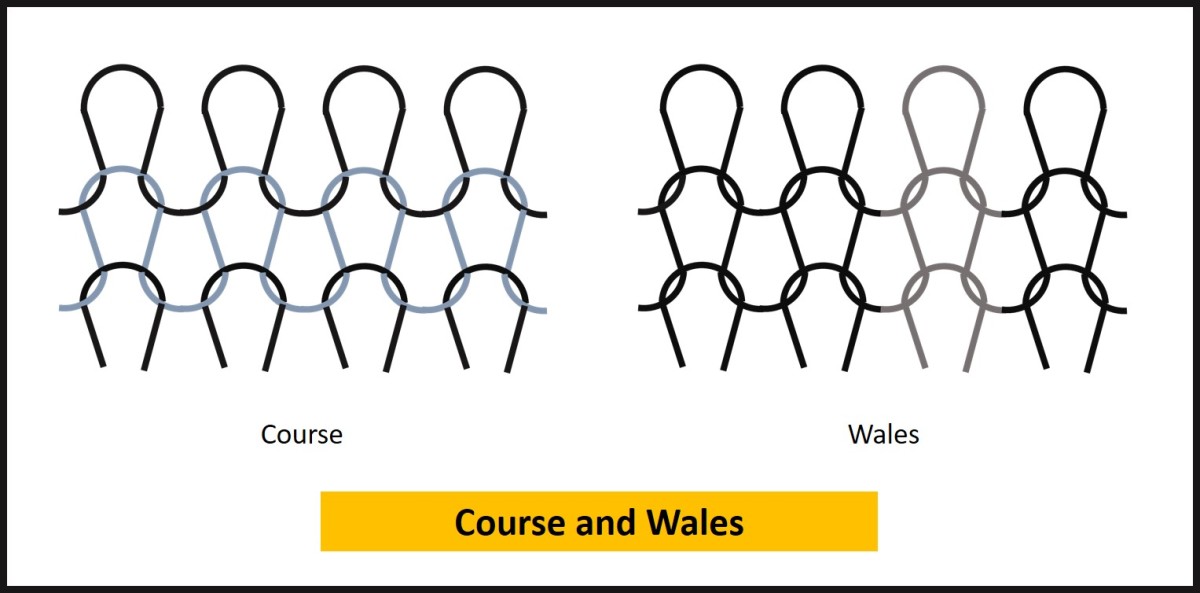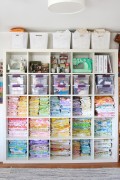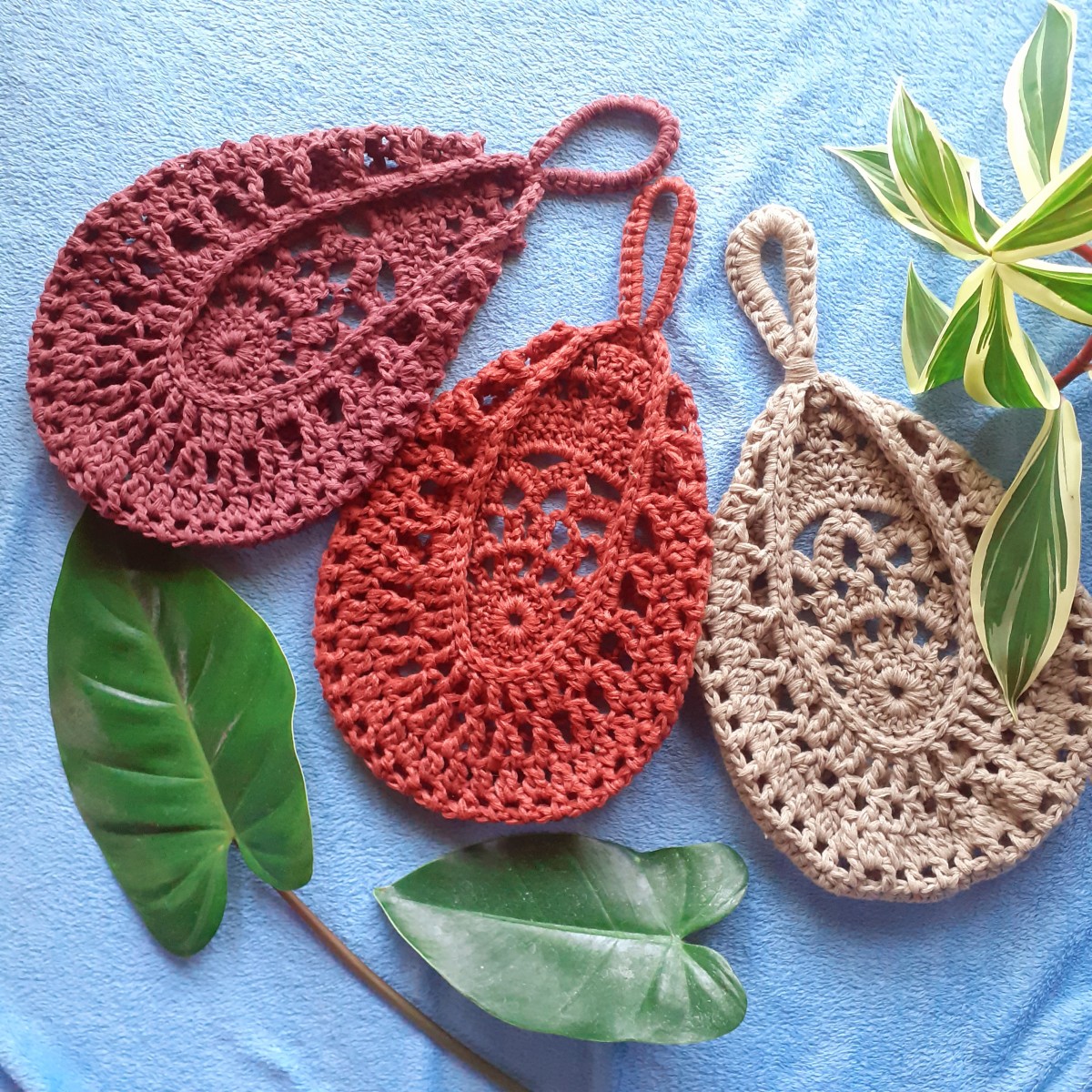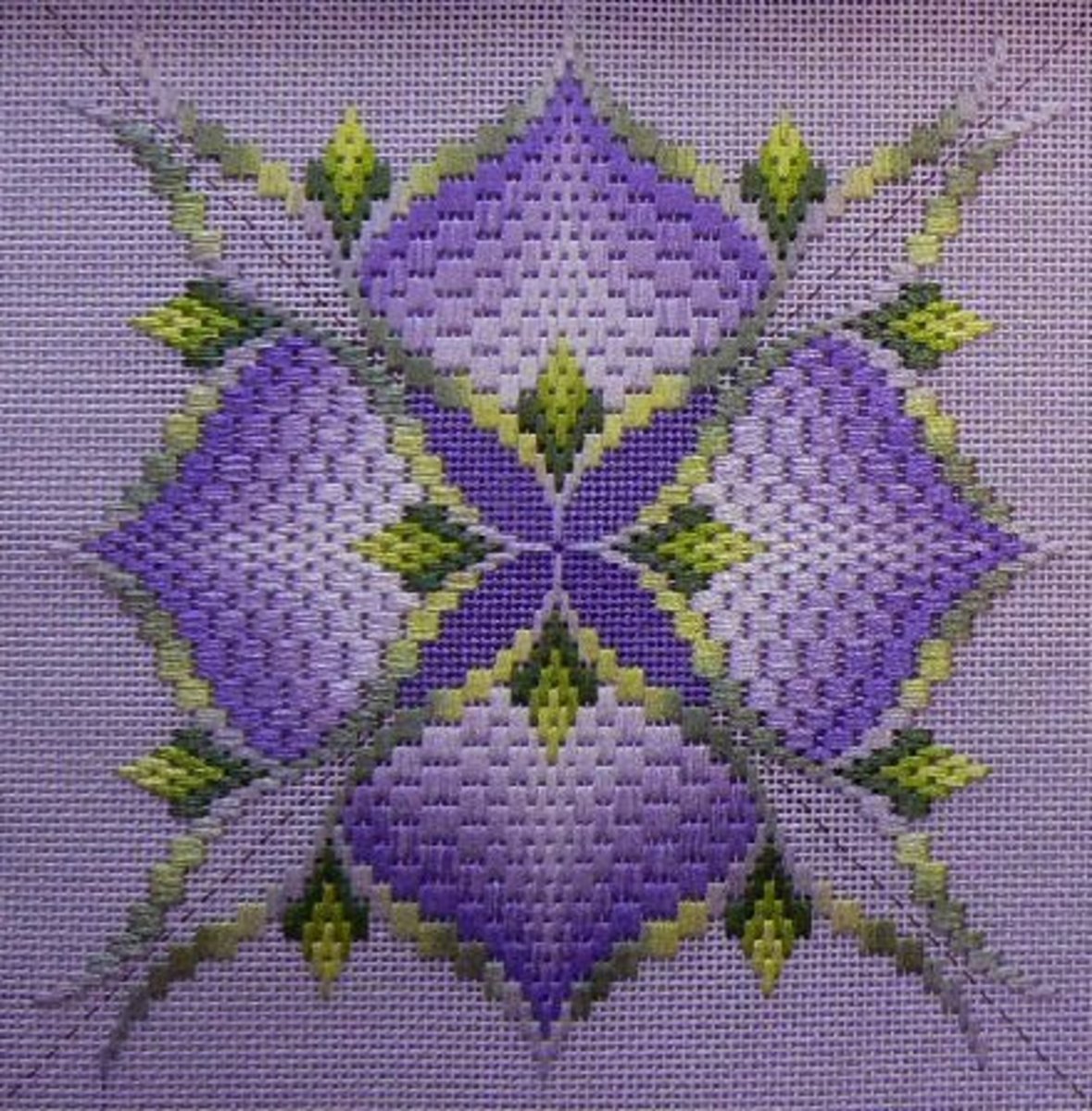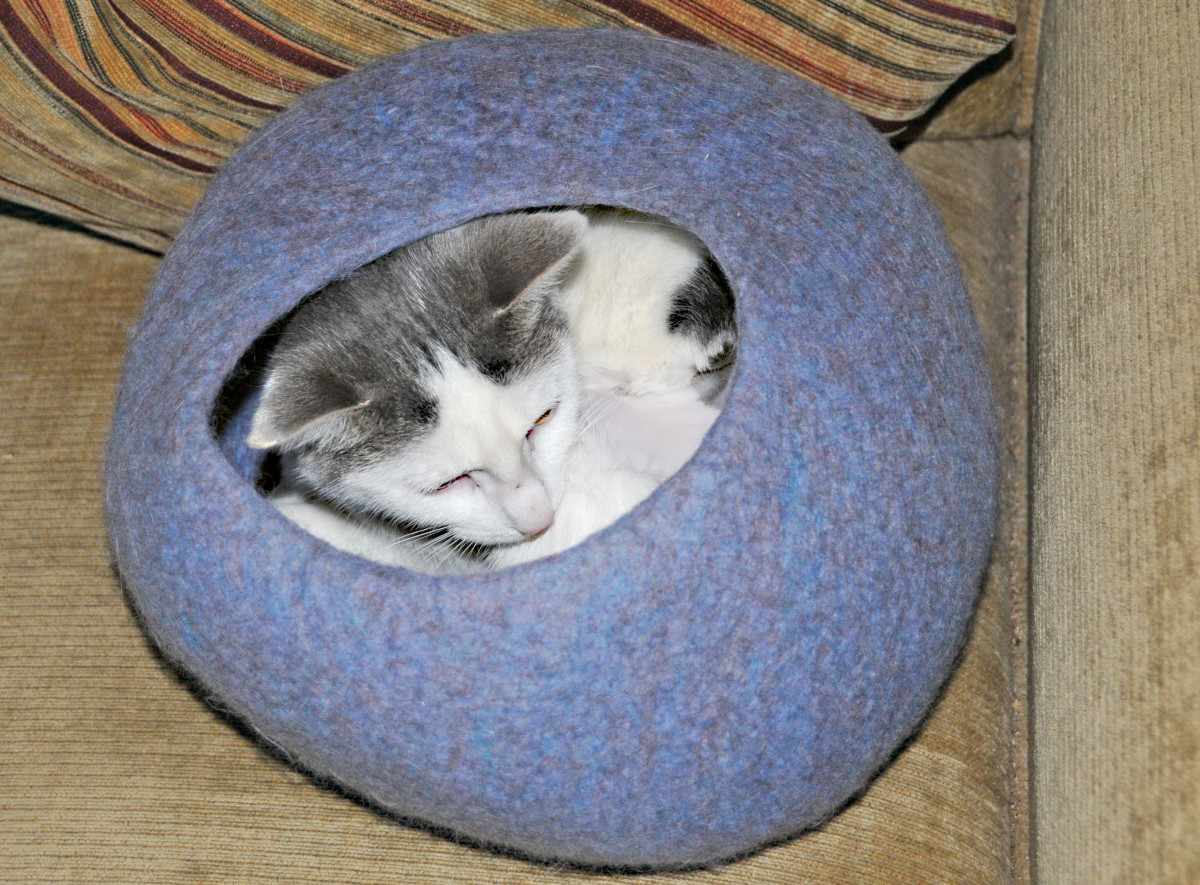Amy Butler's Style Stitches
Amy Butler's Style Stitches is a bag sewing pattern book that features 12 bags in Amy's unique style, with a great variety of tote bags, purses, pouches, and even a checkbook wallet. I have made all 12 bags in the book. Some of the bags have become my favorites to sew, to use, or to give as gifts.
If you haven't made an Amy Butler bag before, it's important to know that they are usually HUGE and have lots of pattern pieces. There is also heavy use of different types of interfacing, which can get expensive and take some time. For this reason, even the simplest styles are usually a big project. All of Amy's patterns that I've used, however, are well designed and doable without too much experience. I went through this book from cover to cover, sewing everything in it, as part of a sew-along on JemJam blog a few years ago, when I was very much a beginner at bag making and sewing in general. If you decide to tackle these patterns, I recommend checking out the old posts on JemJam and other sewing blogs for tips and inspiration.
Here's an overview of all the patterns in Style Stitches, with my take on the making and usability of each bag.
- Cosmo Bag: This is a very practical tote with a lot of style. As the first in the book, it is labelled with an Easy difficulty level. It is very large, with many pieces, some curved seams, and a few pleats. If you're looking for an easier start, begin with the second chapter instead. I do love this bag, though, and have gotten a lot of use out of it.
- Reversible Everyday Shopper: This huge rectangular tote is one that I've made several times for teacher gifts, and I often load it up with library books with no problems. It has only straight seams and goes together quickly. If you want to start with a simpler Amy Butler bag, try this one.
- Origami Bag Set: This set includes six zipper pouches in different sizes, all with the same interesting shape. If you've never sewn a zipper before, this a pretty simple way to try them out. For neater corners at the tops of your bags, add fabric tabs to the ends of the zippers, as shown in this tutorial from Anna at Noodlehead. These bags are incredibly useful in every size.
- Beautiful Balance Checkbook Cover: This was one of my least favorite designs in the book. It's not particularly difficult, but the flap design is not ideal, as even the sample in the book doesn't seem to lay as flat as it should, pulling up awkwardly a little at the snap.
- Perfectly Pleated Clutch: I'm not really a clutch person, but this is a great design. The pleats are interesting and impressive, and apart from some time and iron-burned fingertips, it's pretty easy to get good results. Again I would recommend adding tabs to the zipper ends on this one.
- Teardrop Bag: I found this bag a little strange. I like the look of it, but the strap is an odd length (easily adjustable, at least, if you plan ahead), and the opening seems too small for the size of the bag. For a curved bag, it's not difficult to sew.
- Key Keeper Coin Purse: This is a tiny zippered coin pouch that matches the shape of the Teardrop Bag. Like the larger version, the opening seems too small. It's only a very small pouch, but I still find it hard to reach in with the small opening.
- Fringed Hobo Bag: This is a funky bag! It's large and completely round and trimmed with fringe, so it looks a bit like a giant fabric tambourine. I opted for piping instead of fringe, and I ended up liking this bag more than I expected to. All the curves and the trim make this one a challenge to sew.
- Blossom Handbag/Shoulder Bag: This purse is a real challenge! There are some very thick seams that not all sewing machines will be able to handle, but the finished bag is really great. There are interesting details on the outside and lots of compartments on the inside. The Blossom Bag is more like a store-bought bag in terms of features and style. Consider Soft & Stable foam in place of the suggested Peltex interfacing. The finished bag will be softer, but it will still hold its shape, and the thick seams will be a little easier to manage.
- Everything Wristlet: I'm not one to carry a bag like this as a purse, but I love it for holding small hand sewing projects. It's practical and cute, and it's fairly easy to put together in spite of the detailed interior, which has a zipper pocket, a divider, and a few card pockets.
- Miss Maven Ruffled Handbag: I love the size, shape, and ruffle embellishment of this bag, but the handle is extremely impractical. It's uncomfortable to hold and feels like it won't hold up well, so I haven't used it much. The handle is also very difficult to sew neatly. If you took the time to modify the handle design, this could be a great tote.
- Take Flight Handbag/Shoulder Bag: This is a great looking bag. The decorative fabric panels on the sides look impressive, but I found them easy to sew with great results. It is a good size, weight, and shape to hold a laptop with some protection.
Overall, I would definitely recommend this book to anyone interested in sewing bags. If you're new to sewing bags, many of these will challenge you, but you will learn a great variety of techniques. If you've never sewn your way through an entire book before, I recommend that too. I've done it a few times, first with this book, and I'm always surprised to find that my favorite projects often end up not being the ones I expected. In fact, my favorites are often projects that I wouldn't even have made otherwise.
Style Stitches is a great value, too. There are 12 designs, many of which include multiple sizes or optional handle/strap lengths, for about the same price as two individually packaged patterns. The book includes full-size patterns in a storage pocket at the back, and it is spiral-bound, which makes it easy to work with. Instructions are very detailed, and most patterns have a few sketches that are helpful. It's also helpful to do a web search for a specific pattern before you get started, so you can learn from the mistakes and experience of the many bloggers who have made bags from this book.
I also have both of the Lisa Lam bag sewing books listed below and recommend them both, especially if you're interested in your own designs or in modifying patterns like the ones in Style Stitches. Both of these books go into great detail on bag making techniques and features, with a focus on how to design your own.


